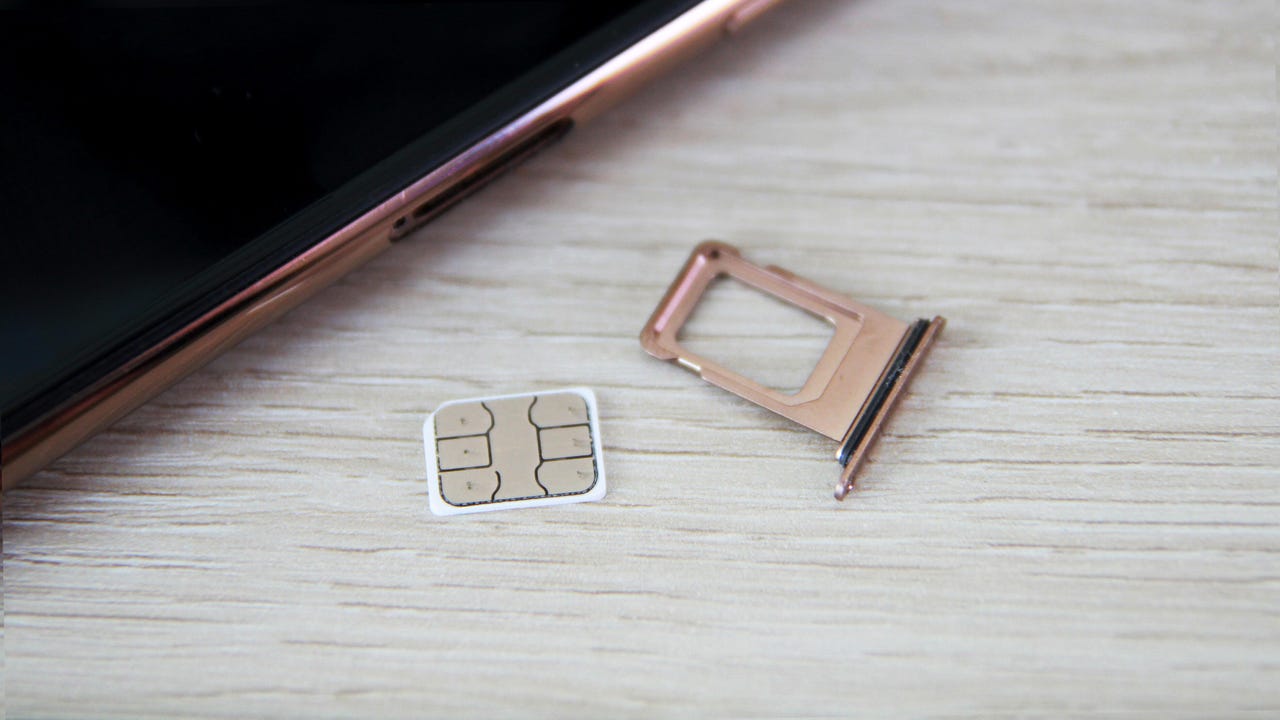'ZDNET Recommends': What exactly does it mean?
ZDNET's recommendations are based on many hours of testing, research, and comparison shopping. We gather data from the best available sources, including vendor and retailer listings as well as other relevant and independent reviews sites. And we pore over customer reviews to find out what matters to real people who already own and use the products and services we’re assessing.
When you click through from our site to a retailer and buy a product or service, we may earn affiliate commissions. This helps support our work, but does not affect what we cover or how, and it does not affect the price you pay. Neither ZDNET nor the author are compensated for these independent reviews. Indeed, we follow strict guidelines that ensure our editorial content is never influenced by advertisers.
ZDNET's editorial team writes on behalf of you, our reader. Our goal is to deliver the most accurate information and the most knowledgeable advice possible in order to help you make smarter buying decisions on tech gear and a wide array of products and services. Our editors thoroughly review and fact-check every article to ensure that our content meets the highest standards. If we have made an error or published misleading information, we will correct or clarify the article. If you see inaccuracies in our content, please report the mistake via this form.
iPhone 14 drops the SIM card slot. Here's what that means

No more fiddling with that tiny SIM card tray: Apple has dropped the physical SIM card slot in the iPhone 14 lineup in the US, switching to eSIMs instead.
The biggest change for many as a result of the iPhone 14's lack of nano-SIM slot is that it removes the old and very familiar (if occasionally awkward) process of inserting a physical SIM card in a phone to set up or change a cellular account.
Also: eSIM vs. SIM: What's the difference?
Smartphones
"iPhone 14 and iPhone 14 Pro models will arrive ready to activate with eSIM.* Note, these models cannot activate with a physical SIM," Apple notes in its iPhone 14 ordering page.
Physical SIM cards are history for iPhone 14 owners in the US, but the iPhone 14 in other markets retains the SIM slot.
Still, now that Apple has done it, it's likely Android phone manufacturers will opt to reclaim the SIM card space – always at a premium within smartphones – for other features, which means you could see the same thing in other handsets too.
Also: Here's how the major carriers are handling the iPhone 14 eSim
One hitch is that while many carriers in the US and around the world do support eSIM provisioning, as Apple notes, not all of them do. And only some of them support "eSIM quick transfer" to switch carriers.
In the US, AT&T, T-Mobile and Verizon support eSIM activation, as do several smaller and pre-paid carriers. The major carriers support quick transfer, but fewer smaller carriers also support it.
Apple's eSIM support page explains how to set up or transfer an eSIM using a carrier-supplied QR code, the carrier's app, or by entering information manually. Apple also updated iOS 16 to let users transfer an eSIM from one iPhone to another via Bluetooth.
Also: iPhone 14 Pro vs. iPhone 13 Pro: Is the newest iPhone worth the upgrade?
The other benefit for consumers and carriers is that eSIM makes it easier for consumers to try other providers' networks, and then switch if necessary.
Per ZDNET's sister site CNET, T-Mobile recently offered consumers a Test Drive promotion under its Network Pass program to test its network on an unlocked device for three months with unlimited data to compare its 5G network. This type of trial is possible thanks to eSIM. Verizon has a similar eSIM-dependent trial program.
Also, users don't need to switch a physical SIM card in order to upgrade from 4G to 5G as has been the case in the past. This can be handled via a software update instead.
Apple told The Verge that the iPhone 14 can store up to six eSIMs, of which two can be active at once. The iPhone 14 Pro can store eight. The ability to use multiple eSIMs is useful for anyone traveling to different countries, but particularly for frequent international travelers, so long as the networks wherever they are going support eSIMs. That's not a given (which is probably why this change is only being made for models sold in the US).
But with Apple making a big push, it's likely that many operators who have held back from supporting eSIMs will feel they they are going to have to make the switch in the future.
